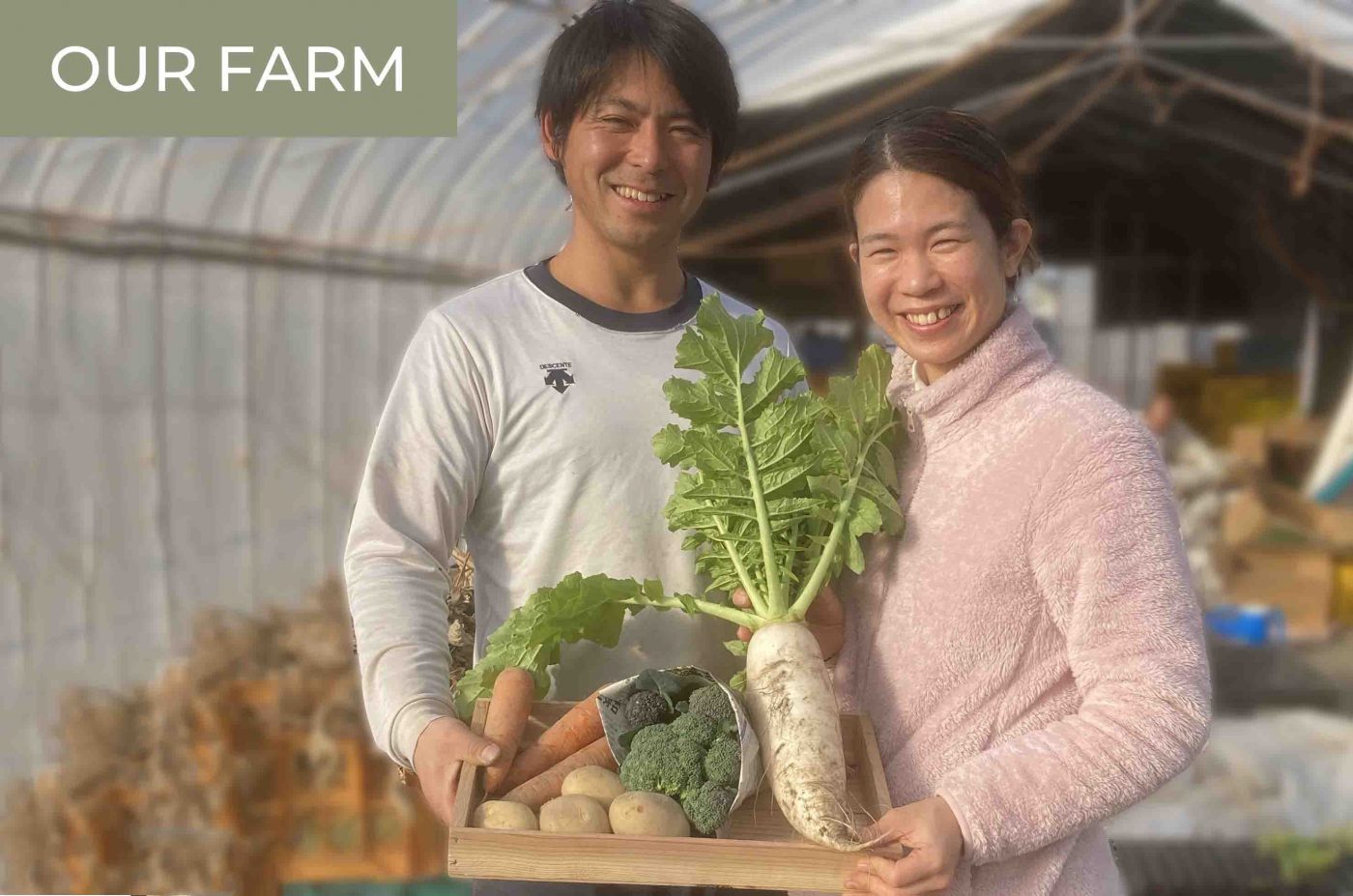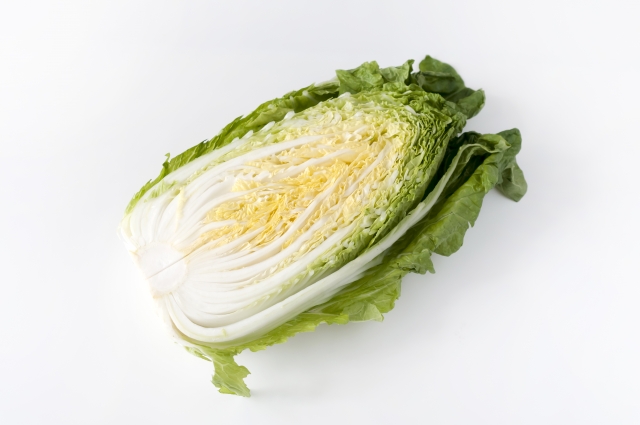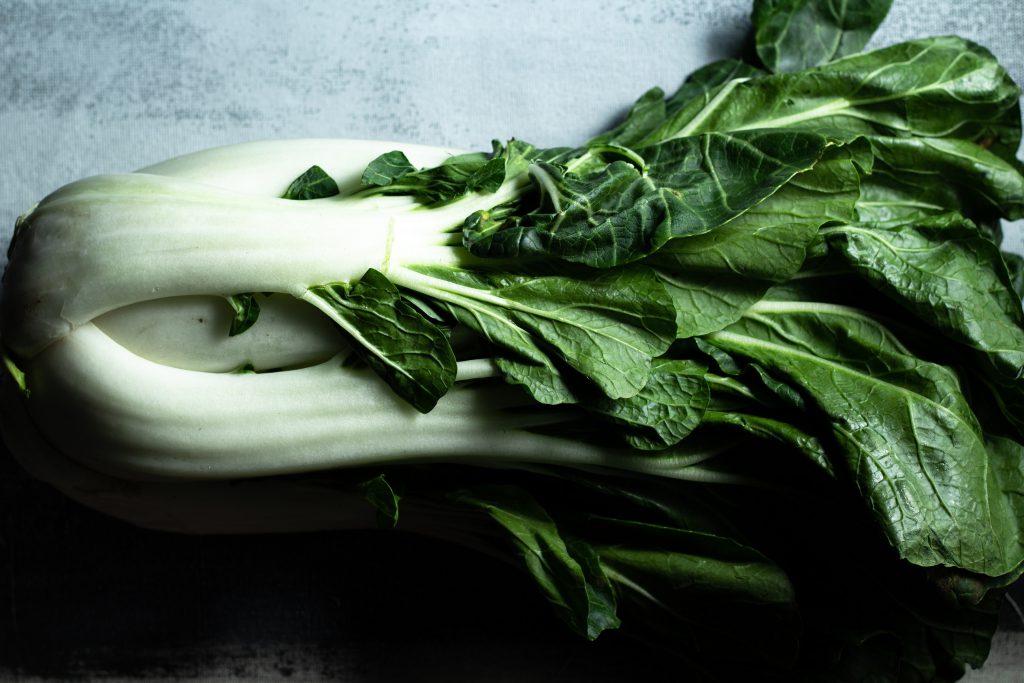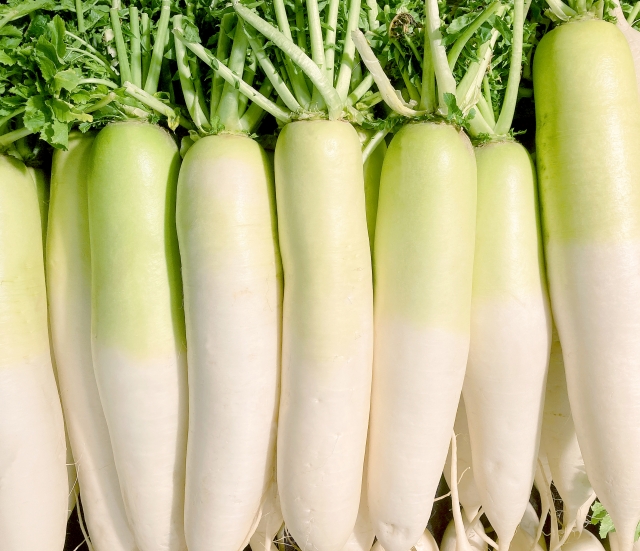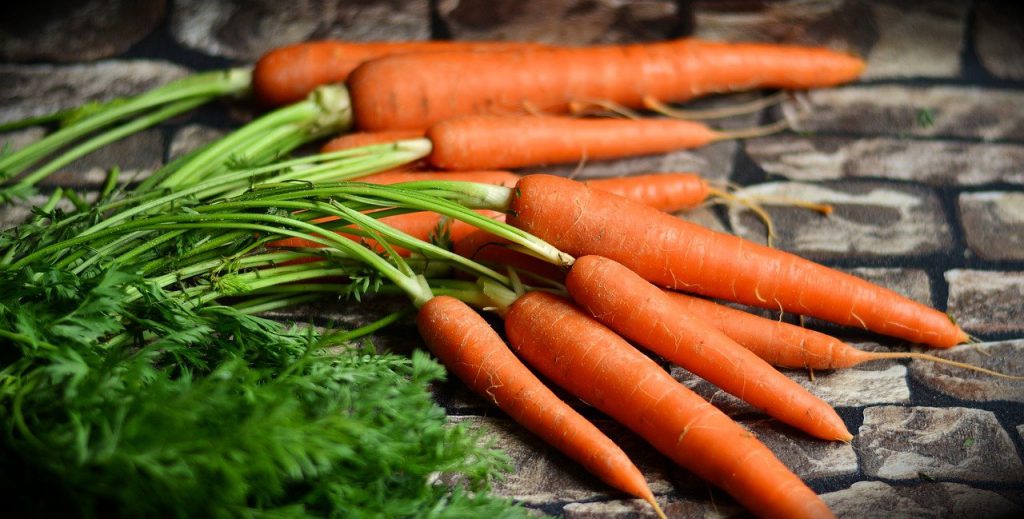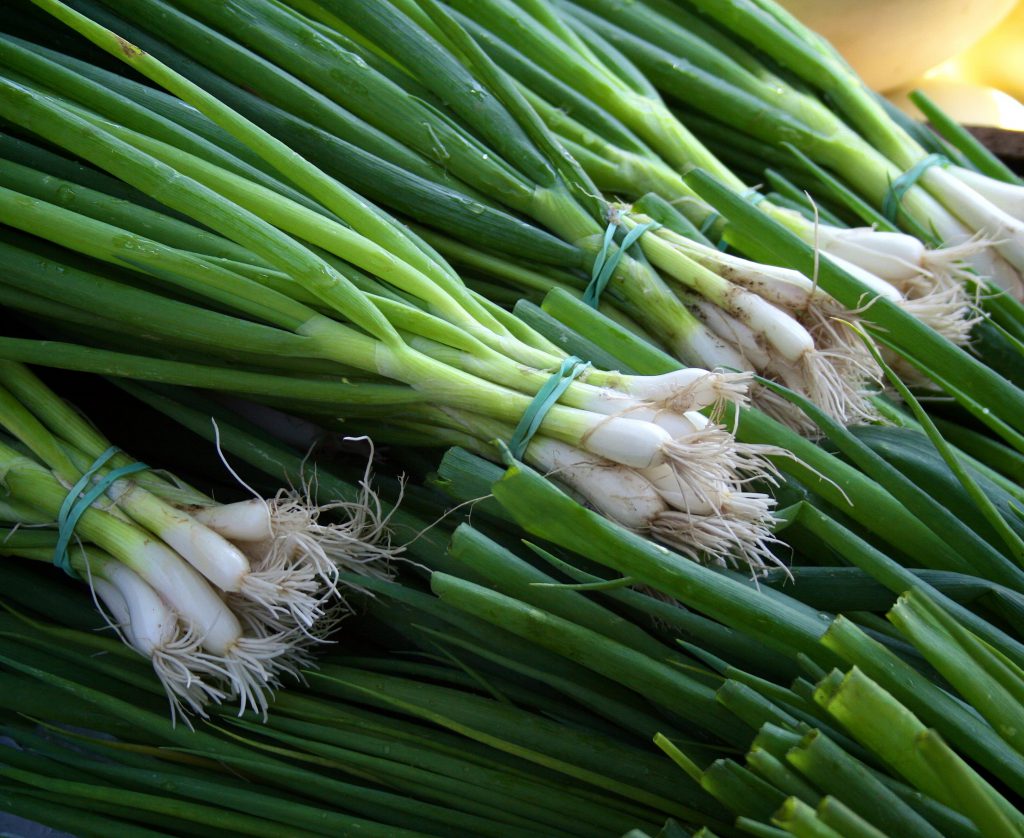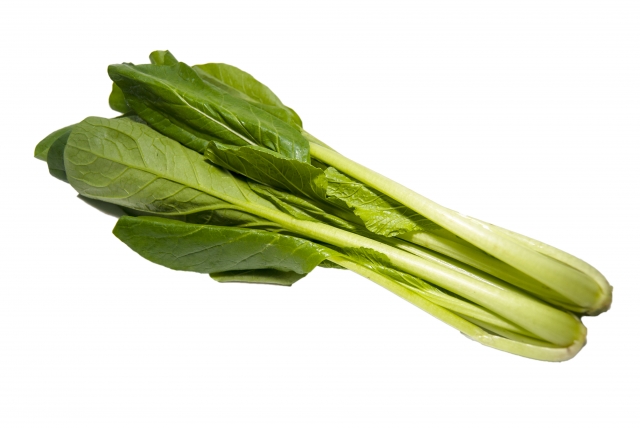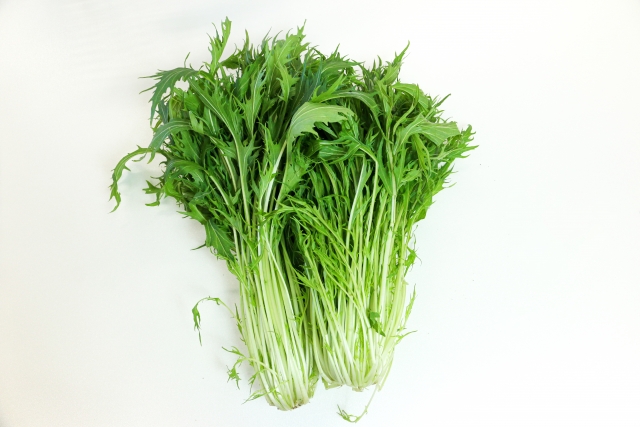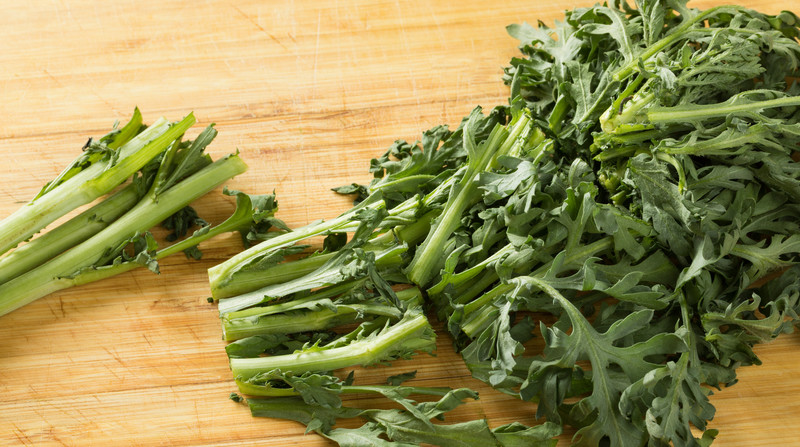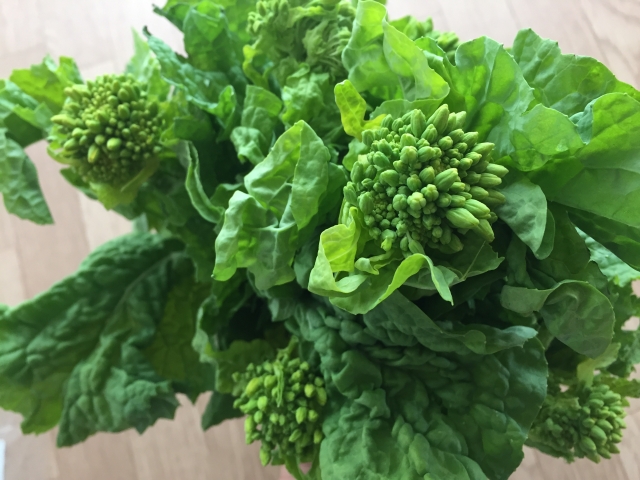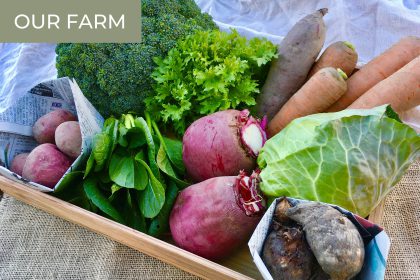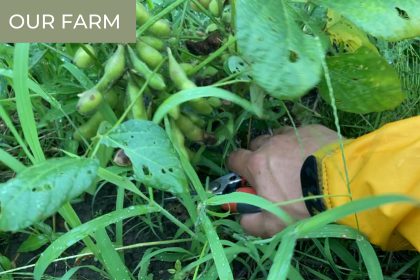As you know, Kokoro Media is renting a small parcel of land at the Japanese organic farm Higa Farm to grow vegetables. (If you do not know about this project, you can find the details here.)
It is soon time to sow seeds for autumn and winter, and once again, we would like to involve you, our readers. What vegetables should we grow for the next few months? Give us your input via a survey, and if you are currently a resident of Japan, you may get a chance to receive vegetables grown on our parcel!
When harvest occurs between October and December, 5 people will be selected at random among the participants and will be sent vegetables. Note: Due to current conditions, only people residing in Japan at the time of harvest are eligible for the prize.
Organic farmer Masamichi will be planting seeds for us during September, so please vote before September 5th! Our final selection will depend on your votes, the space available on the land, and other growth factors.
Our Vegetable Selection
- Napa cabbage (hakusai)
- Bok choy (chingensai)
Both napa cabbage and bok choy are Chinese cabbages, but their looks and methods of cooking are different. I recommend visiting this page if you would like to know more.
- Daikon – Daikon is the famous white, giant Japanese winter radish. Put it in salads, soups, simmered dishes, and more: you can use it for almost everything.
- Carrot (ninjin)
- Burdock (gobou) – Like daikon, it is an all-purpose vegetable.
- Scallions (negi)
- Japanese mustard spinach (komatsuna) – Tasting something like mild mustard and cabbage, this plant can be eaten raw or cooked.
- Japanese mustard greens (mizuna) – Its peppery and slightly bitter flavor make it perfect for salads.
- Edible chrysanthemum (shungiku) – As its name suggests, this plant has a herbaceous taste and is slightly crunchy. You can cook them various ways, and they will be great in your hot pot dishes like sukiyaki or shabu-shabu.
- Nanohana (young shoots of the rapeseed plant) – You may have seen pictures of the beautiful yellow nanohana fields of Japan. You can eat nanohana when the flowers are still buds, and it tastes like broccolini.
Please vote!
Please vote before September 5th!

